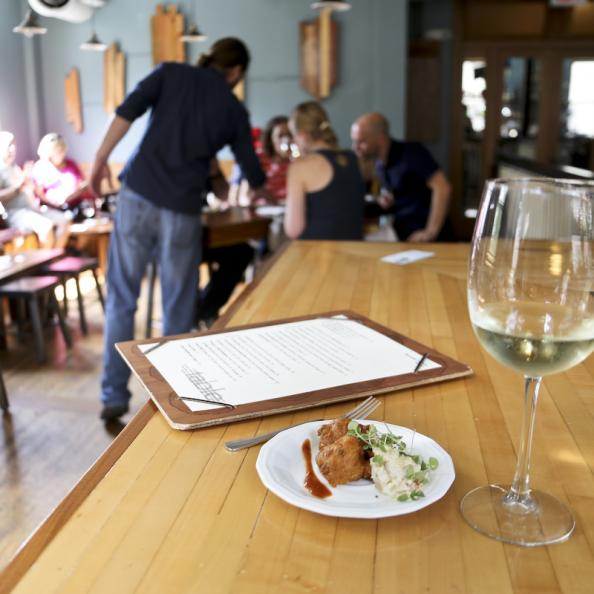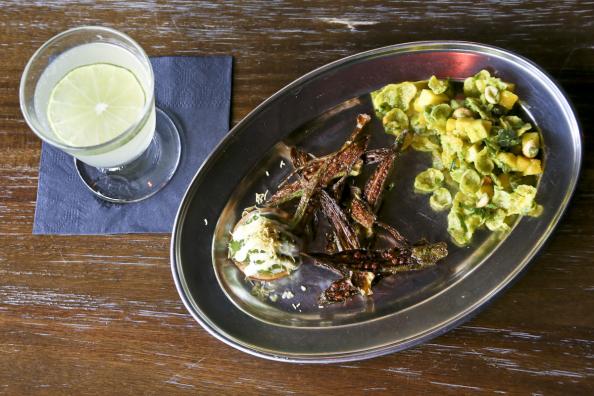Wishing you the warmest of celebrations this season, perhaps over a cup or two of hot cocoa dressed with homemade marshmallows. This recipe was a successful find from The Clever Carrot; made without corn syrup.
Peace, health and prosperity throughout the holidays, winter solstice and into the New Year!
HOMEMADE FLUFFY MARSHMALLOWS {CORN SYRUP FREE}
Author: The Clever Carrot adapted from Giada De Laurentiis
INGREDIENTS
Ingredients:
- cooking spray
- ½ c. water + ¼ c.
- 3 tablespoons (3 packets) unflavored powdered gelatin
- 2 c. sugar
- ½ c. evaporated milk
- 1 vanilla bean or 1 tbsp. pure vanilla extract
- 1½ c. powdered sugar
- ½ c. cornstarch
Cooking tools:
- clutter free workspace
- stand mixer
- non-stick 8x8 or 9x13 pan*
- parchment paper
- candy thermometer*
- rubber spatula
- sifter
- sharp knife, pizza wheel or kitchen scissors
*I recommend using a non-stick pan, but glass or metal will do. For thick marshmallows, use an 8x8 pan. For thinner marshmallows, use a 9x13 pan.
*In order for your marshmallows to set properly, the milk and sugar must be heated to approximately 250 F. Regular thermometers only go up to 220 F.
INSTRUCTIONS
- Generously coat the bottom and sides of your pan with cooking spray.
- Cut the parchment paper to fit the inside of your pan. You should have about 2 inches of overhang on each side. These will be your 'handles' for easy removal.
- Pour ½ cup water into the bowl of a stand mixer fitted with the whisk attachment. Add the gelatin and allow to soften, about 10 minutes.
- In a large saucepan, combine the sugar, evaporated milk, and ¼ cup water. Whisk over low heat until the sugar has dissolved.
- Bring the mixture to a gentle boil. Immediately reduce to a simmer, without stirring, until a candy thermometer registers 247- 250 F, about 10-15 minutes.
- Add the hot syrup to the gelatin mixture and beat on low speed until incorporated.*See important note below.
- If using a vanilla bean, slice it in half lengthwise with a pairing knife. Scrape out the seeds using the blade of the knife. Add the seeds (or vanilla extract) to the bowl.
- Increase the speed to high and beat until thick, fluffy, and tripled in volume, about 10-15 minutes. Your marshmallows will be a glossy, creamy white color.
- Using a rubber spatula, quickly scrape out the mixture into the prepared pan. Lightly coat your spatula with cooking spray and smooth out the surface. Marshmallows set very quickly, so you will need to work fast. Do not worry about getting every last bit of marshmallow out of the bowl or making the top perfectly smooth!
- Allow the mixture to set, uncovered (not refrigerated) for at least 8 hours- overnight.
- After the marshmallows have set, combine the powdered sugar and cornstarch in a large bowl. Whisk thoroughly.
- Spoon some of the mixture into a sifter, and sift over the top of the marshmallows and a cutting board.
- Using the parchment handles, remove the marshmallows from the pan and place onto your board.
- Dust a large chef's knife, pizza wheel, or kitchen scissors with the powdered sugar/cornstarch mixture so that they do not stick to the marshmallows.
- Cut the marshmallows into 1-inch squares.
- Toss the marshmallows into the mixture to prevent sticking.
- Store in an airtight container for up to 2 weeks.
NOTES
* Because evaporated milk is a tan color, your mixture will initially be brown. Do not fret- after 10-15 minutes of mixing on high speed, your marshmallows will become a soft, creamy white color.
























































